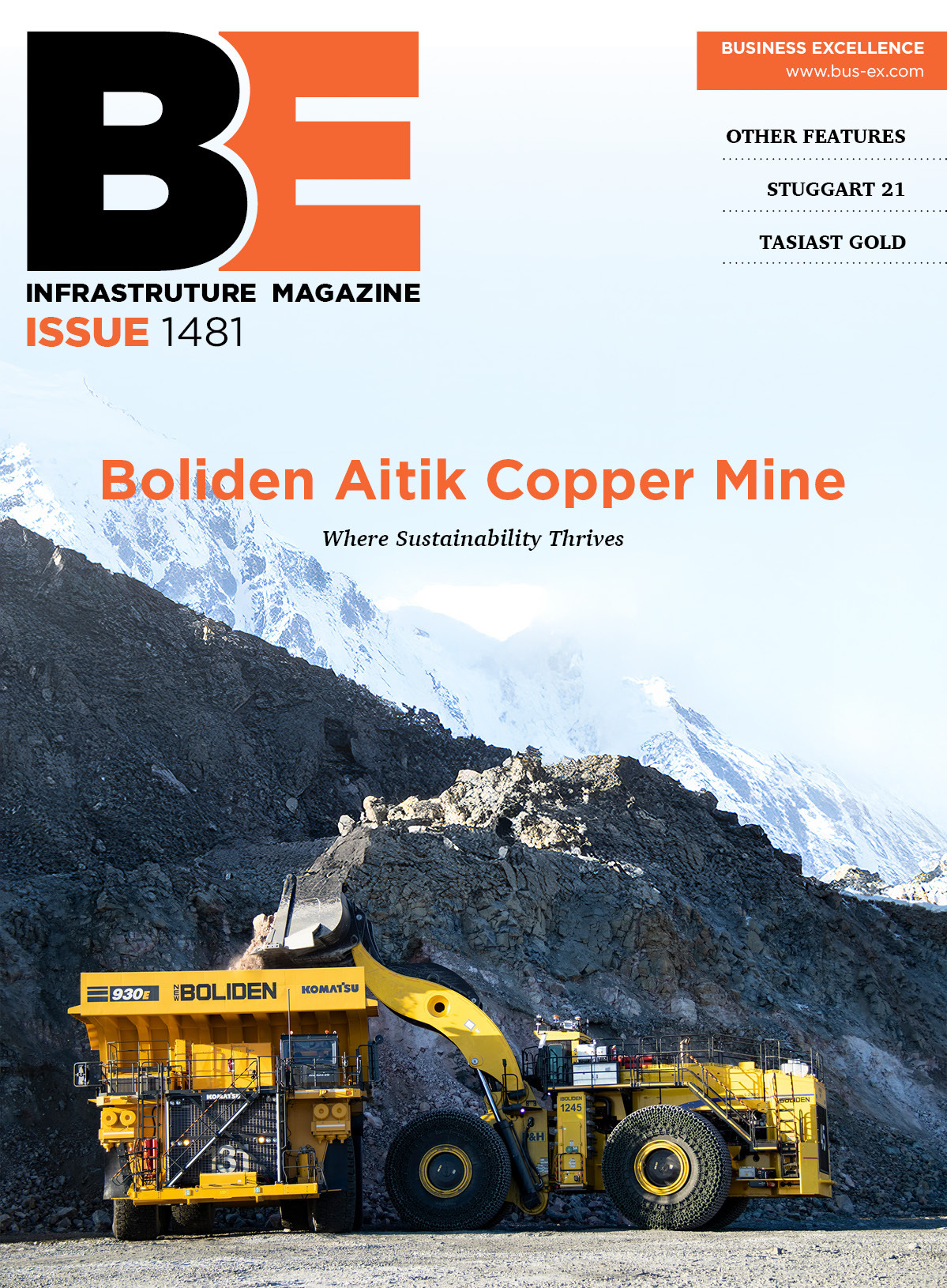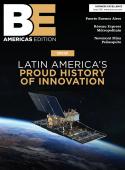From the bottom up┬áTesco Corporation says that it has ÔÇ£better ways to the bottomÔÇØÔÇöthe bottom of an oil well, that is. Now at the bottom of a recession, it is doing what a sustainable business should and taking steps to ensure it comes out on top, as John OÔÇÖHanlon reports. TESCO was founded more than 22 years ago in Calgary, Alberta, where it now maintains its production facility, though its headquarters are now in Houston, Texas. The company has grown to become a global player as well as a major force in North America, with offices in Scotland, Norway, Indonesia, Dubai, Mexico, Argentina and several field offices around the globe. Although TESCO became established through its pioneering top drive technology, it is as well known today for the CASING DRILLING technology it brought from an experimental procedure to a commercial drilling practice, investing millions of dollars over the last five years. This type of drilling uses standard oilfield casing to drill the well, and then leaves it in place to case the well. This process makes it possible to speed up drilling by over 30 percent.TESCOÔÇÖs technology in this trademarked drilling and Proprietary Casing Running has been an important contributor to what Jeff Foster, senior vice president of operations, calls ÔÇ£our exponential growth over the last four or five years,ÔÇØ which has seen annual turnover increase from $150 million to over $500 million. The technology has endeared itself to operators, drilling contractors and service companies alike by reducing drilling time, decreasing costs, cutting labor requirements, reducing accidents and providing quicker return on investment. It also lessens the environmental impact of a well, something that has become increasingly important to the market.TESCO is primarily a service company, explains Foster. As such, it has been affected by adverse market conditions in the North American oil and gas industry. The figures speak for themselves. ÔÇ£Domestically, the rig count has dropped from 2,500 to 1,400 in the last four months, and that number is continuing to fall. When prices fall below $50 a barrel, customers find the cost of extraction dictates they close wells until the prices rise enough to make them economical again.ÔÇØ The good news is that so far, international markets where TESCO is active, such as Latin America, Asia and the Middle East, have proved less price-sensitive and are continuing production. However, in common with other oilfield service providers, TESCO has had to adjust to the general softening in North America demand and right-size its business both in the field and office. ÔÇ£Our penetration into these international markets is low, so we also have an opportunity to grow market share there,ÔÇØ Foster adds. ÔÇ£I believe that customers focus more on technology in a down market because they are looking to see how they can still drill their wells at a lower cost.ÔÇØHaving reluctantly pared down operations both in the field and at the Calgary production and assembly plant in a process he refers to as right-sizing, Foster is focusing on service quality. ÔÇ£One way of improving that is to have clearly laid-out processes for teams and personnel that donÔÇÖt have all the competencies that they need to get the job done. During the growth period, getting the right people has been a challenge for all companies. Now, having built these teams up, weÔÇÖre now having to right-size them for the current market.ÔÇØHaving invested in state-of-the-art technology, oil well operators need to be able to depend on the best level of aftermarket support. The downturn wonÔÇÖt last forever, and future success depends on having trained service teams that understand the products, whether it is a top drive, CASING DRILLING system or tubular services. ÔÇ£We aim to standardize our procedures and practices globally, with a centralized training program that helps build our resource of experts locally.ÔÇØThis standardization is part of a comprehensive process improvement program that started in mid-2007, including the introduction of lean initiatives like cutting out waste, shortening lead times and reducing inventory. Continuous improvement is not a new concept to TESCO, explains Simon Beck, head of quality, safety and continuous improvement, having always been a feature of its QHSE management system. ÔÇ£WeÔÇÖre re-engineering our process improvement methodology, changing peopleÔÇÖs job descriptions, creating new processes and pioneering new structures.ÔÇØ Because the processes within TescoÔÇÖs operations are so diverse, a blanket solution would not have worked, he explains, and that is one reason why standard models such as six sigma or kaizen are not being introduced at present. ÔÇ£We operate in many countries, and the degree of change that is needed will differ. We need a wide range of solutions to a wide range of problems.ÔÇØMeasuring started with service quality indicators such as customer satisfaction and health, safety and environmental performance. ÔÇ£We aim to measure and capture all service quality deviations this year; we think this will be a big step forward in the way service is provided in the oilfields,ÔÇØ says Beck. He has set the objective of getting at least 80 percent of customer service reports back and ensuring that the average ÔÇ£favorableÔÇØ rating does not fall below 75 percent.Each indicator should improve by at least 10 percent each year. This also applies to safety metrics like lost-time accidents. However, where environmental considerations are concerned, ÔÇ£we are developing intervention and control plans for all our locations, to include waste management and mitigation, emission control and safetyÔÇöthe three pillars of a new environmental standard,ÔÇØ says Beck. The environmental standards are based on ISO 14000 provisions, though accreditation is not at present an objective unless individual operations can gain some advantage from that, he says.Demand from the oilfields is bound to return. In the meantime, TESCO is making the most of the opportunity it has to work toward world-class operations. On top of the QHSE process improvement, inventory management is being addressed says Foster. ÔÇ£We are centralizing procurement; we are optimizing our vendors so that one part of the company is talking to them instead of three; and we are improving visibility in the supply chain so that we have demand mapped out as far as possible over six or twelve months.ÔÇØ With demand for top drives down this year, sales and operations planning has to become more sophisticated to keep the business viable, he says. This will be helped by a new ERP system to be implemented over the next 18 months.┬á TESCOÔÇÖs vision is to reduce the operatorÔÇÖs non-productive time utilizing its proprietary technologies, supported by operations excellence. ÔÇô Editorial research by Kristina Perley┬á









